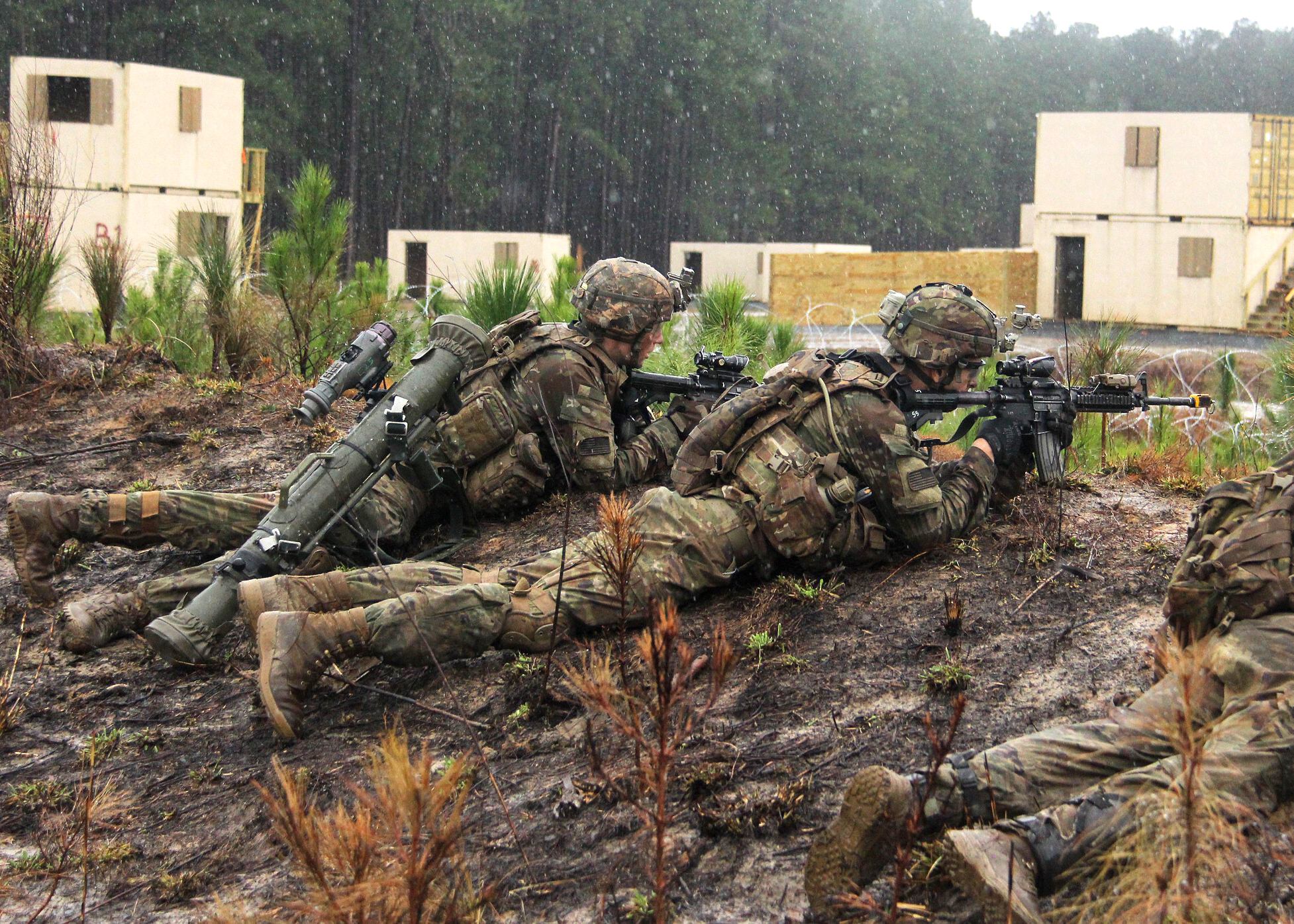FORT BELVOIR, Va. – Beginning in July, soldiers in Hawaii and at Fort Benning, Georgia will be able to buy the Army’s newest field uniform – the Improved Hot Weather Combat Uniform.
Following the first delivery of 2,000 uniforms to those sites, the Army will roll out more batches of the uniform in six more waves through February 2020 when it will be available at all military clothing stores.
Don’t sweat it yet. The IHWCU is not a clothing item required for inspections but it is an option that soldiers will have to use how they see fit in hot climates and even in garrison in situations where they would wear the Army Combat Uniform.
RELATED
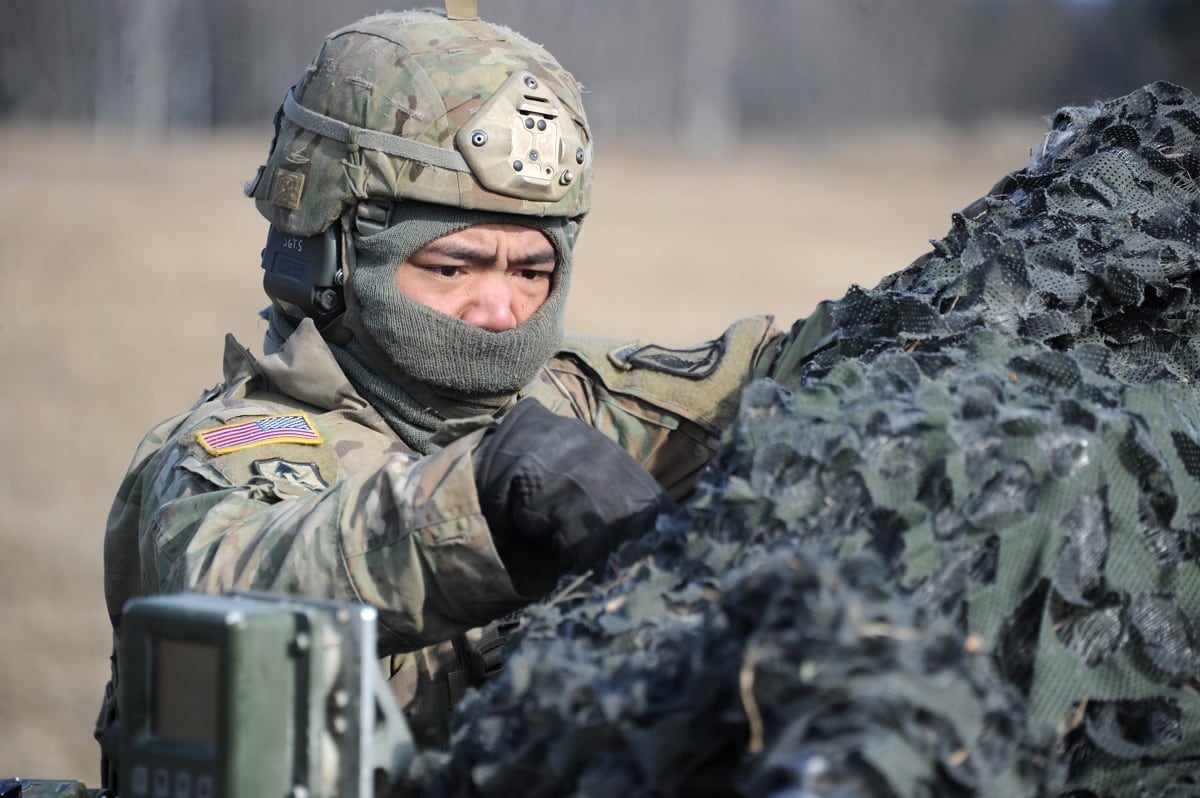
The IHWCU maintains the same Operational Camouflage Pattern as the current ACU and comes in at about the same price, which runs approximately $100 for the set, depending on sizes, Col. Stephen Thomas, project manager, soldier protection and individual equipment at Program Executive Office-Soldier told Army Times.
The most notable change when the two uniforms are side by side is that the IHWCU has no breast pockets.
But changes go deeper once a user dons the lighter, more breathable and streamlined uniform built to help keep soldiers cool with improved airflow but also more comfortable with a new material that dries from soaking wet within 60 minutes.
Thomas got to experience that firsthand recently when wearing the new uniform to a Pentagon meeting and getting caught in a downpour.
“As soon as we pull in, the bottom falls out of the sky,” the career light infantryman said. Walking through security, he was leaving puddles of water but by the time he finished his first meeting he was essentially dry.
The seven waves of deliveries will start at 2,000 for the first wave and conclude with a 5,000- to 6,000-uniform wave next year.
After that production will depend on demand, Thomas said. If soldiers like them and buy them, then the Army will order up more.
The seasoned colonel recalled a more distant uniform change having a certain effect. When he was a second lieutenant, the Army had the standard Battle Dress Uniform, but it was heavier than necessary for hot climates.
So, similarly the Army produced a “lightweight” summer BDU, which also was not a required clothing item but quickly became the standard uniform most soldiers wore for comfort.
“What ended up happening is it became a uniform of choice,” Thomas said. “I think this will have the same results.”
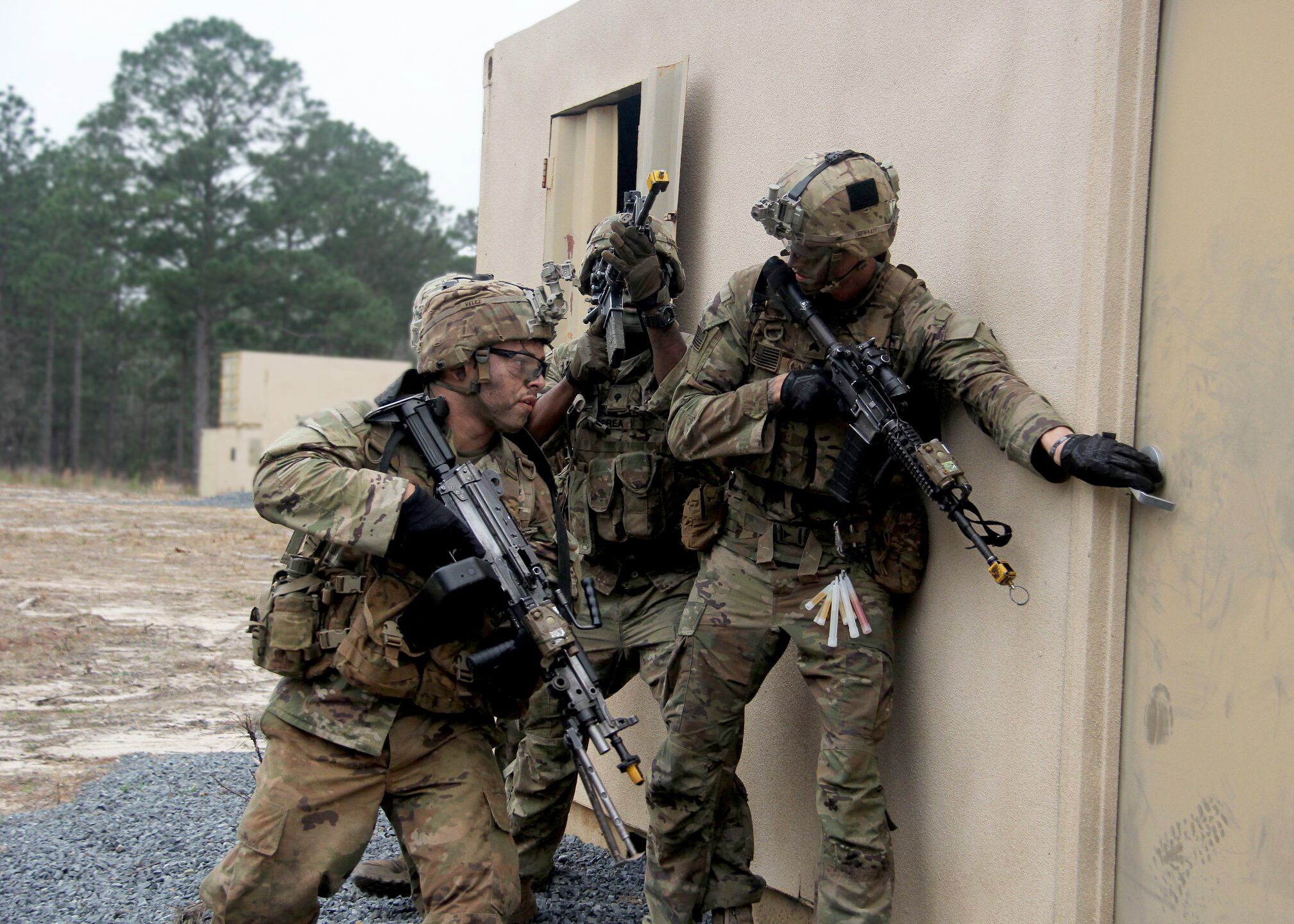
The new uniform uses a 57 percent nylon and 43 percent cotton blend to reduce the weight of the uniform by a pound and increasing drying rates and air flow.
Other not immediately recognizable but important additions include reinforced elbow and knee areas, helping to prevent ripping. Changes to contours by designers have used a “raglan” sleeve that is more fitted, less baggy with less bunching or binding as is sometimes common with the current ACU, Thomas said.
The knee areas are also better tailored to allow for movement where the ACU can sometimes snag or drag when wet, said Lester Smith, systems acquisitions manager at PEO Soldier.
And the crotch gusset allows for the same freedom of movement in the trousers, also preventing drag and keeping the pants in a better position, especially when loaded down with cargo pocket items or wet.
How the Army developed the uniform includes laboratory and field testing by scientists at the then-Natick Soldier Systems Center in Massachusetts.
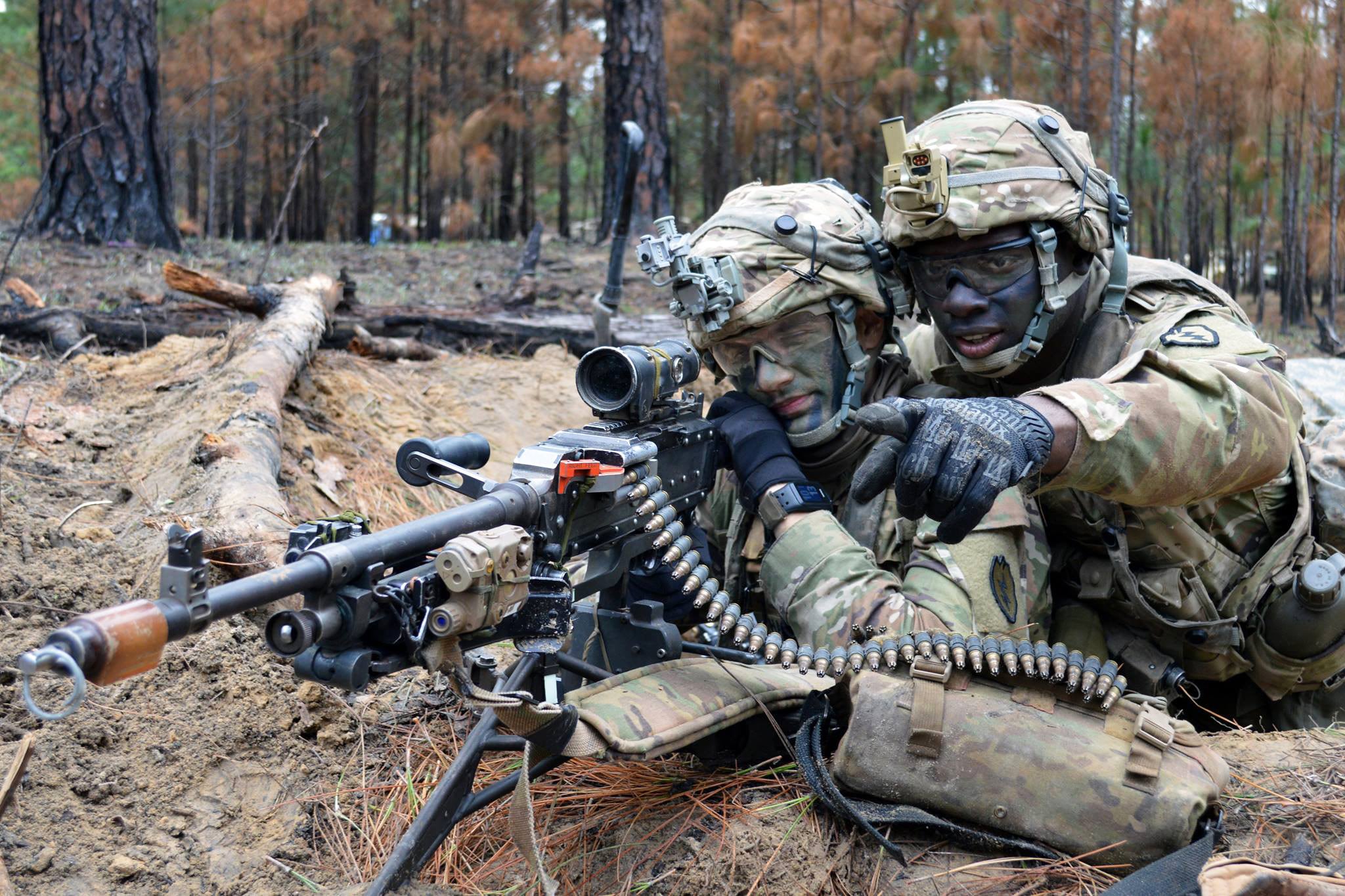
That work kicked off in 2015, after soldiers pointed out problems with the existing uniform options for hot, wet environments such as those often encountered by soldiers with the 25th Infantry Division in Hawaii and soldiers rotating through the ongoing Pacific Pathways exercises that partners U.S. soldiers with Indo-Pacific region militaries, many in very hot, often jungle environments.
The results were pushed to PEO Soldier in 2017, which did a large scale test with 25th Division soldiers and others beginning in January 2018 and which resulted in further changes and adjustments that ultimately became the soon-to-release IHWCU.
Along the way, the Combat Capabilities Development Command Soldier Center, 25th Infantry Division, 6th Ranger Training Brigade, Jungle Operations Training Center and Maneuver Center of Excellence contributed to testing and evaluations.
Pentaq, NIB, Goodwill Industries and ReadyOne are the companies producing the uniform for military clothing stores.
Key features of the new IHWCU include:
Blouse
- Single-breasted
- Raglan sleeve front with a five (5) button closure
- Fold-down collar with a fusible interlining
- Long sleeves with cuffs with one button and three buttonholes for an adjustable cuff tab
- The top of the button down closure is open to accommodate a pen
- Front placket has a loop tape for the Rank Patch
- Coat has two bellow-style top opening upper sleeve pockets and includes an eyelet drain-hole
- Sleeves have an elbow reinforcement patch
- Both sleeves have an Identification Friend or Foe tab cover that can be opened and closed using hook and loop fastener
- IFF tab cover is centered and sewn onto the sleeve above the upper sleeve pocket
- Double turned and cleaned finished hem
Trousers
- Covered fly with a four (4) button/ buttonhole closure, or three (3) button/buttonhole closure, depending on size
- Seven (7) belt loops
- Two (2) side hanging pockets
- Two (2) front side pleated cargo pockets with three (3) button/ two (2) buttonhole closure flaps
- High end of cargo pockets at front of pocket rather than rear like ACU
- Two (2) lower leg side pockets with one (1) button/ one (1) buttonhole closure flaps
- Side cargo pockets shall have three (3) sewn-in eyelets hidden by the bellows
- Double needle seat patch and a pleated knee reinforcement incorporated into the pant leg at the knee
- One (1) piece single gusset
- Two (2) front side hanging pockets
- Mesh fabric attached on the inside of the trousers at the bottom of the legs as inner cuffs
- Bottom of the trousers leg hems, the inner cuffs, and the waistband shall have drawstrings
How the IHWCU came to be
First they stripped down the ACU and then added the following items:
Chest, calf and back pockets were removed to reduce weight and dry time.
Blousing strings were eliminated from trousers to allow for airflow and drainage.
The elbows, knees and seat were reinforced with 330 denier nylon, a thicker nylon that increases durability and abrasion resistance.
Crotch gussets, extra patches of fabric that reduces stress on the seams, were added to prevent blowouts common to the Flame Resistant ACUs.
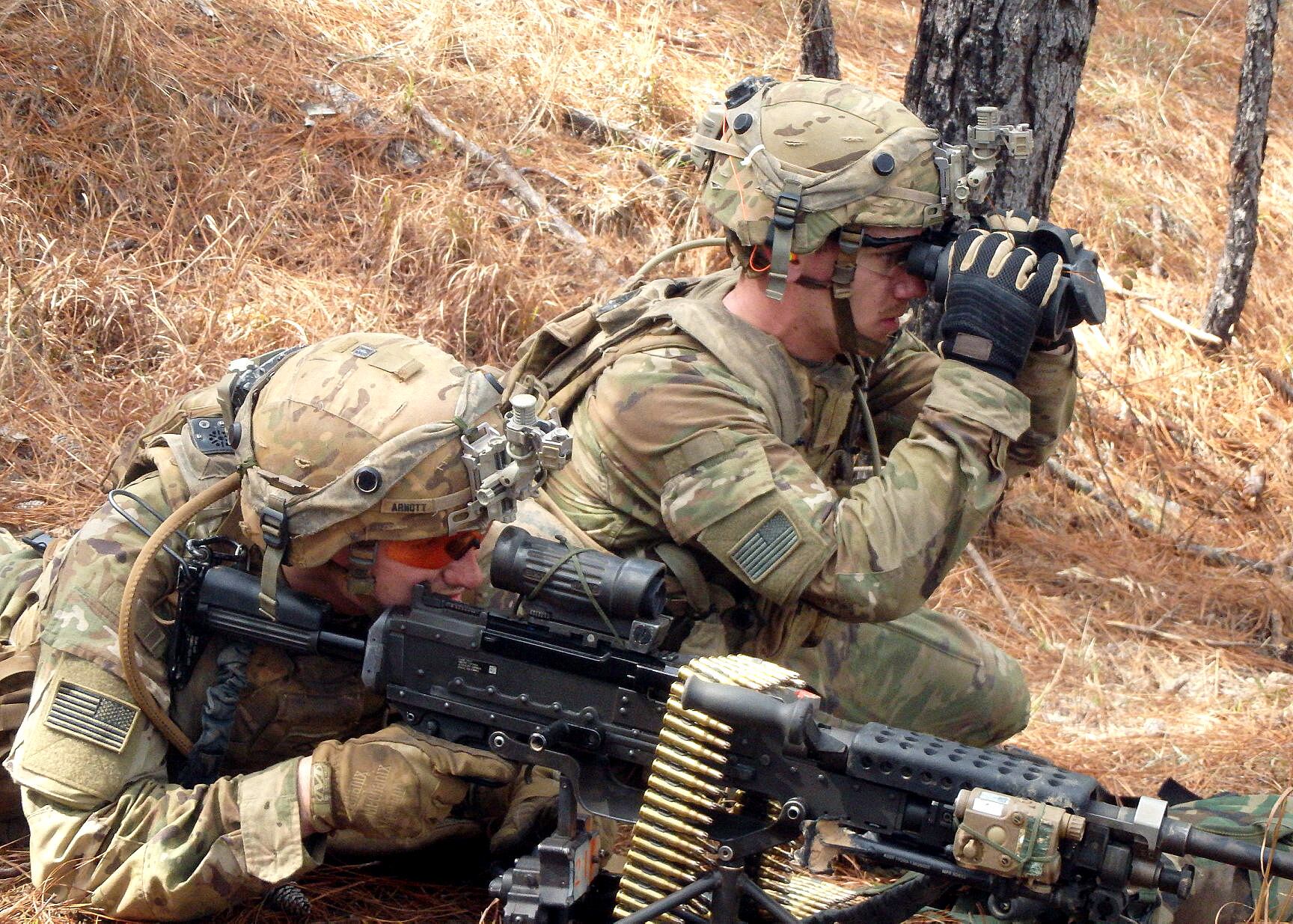
Buttons were used on the ACU blouse instead of a zipper, with the intent to increase air flow.
Another hot weather version in early testing incorporated mesh into the uniform design and had all of the same changes as the stripped down ACU except it used a zipper instead of buttons.
With this version soldiers didn’t need to blouse their boots because a mesh material inside the trouser leg along the ankle. By tucking in the mesh, soldiers could get air flow and also keep insects or leeches from getting at them.
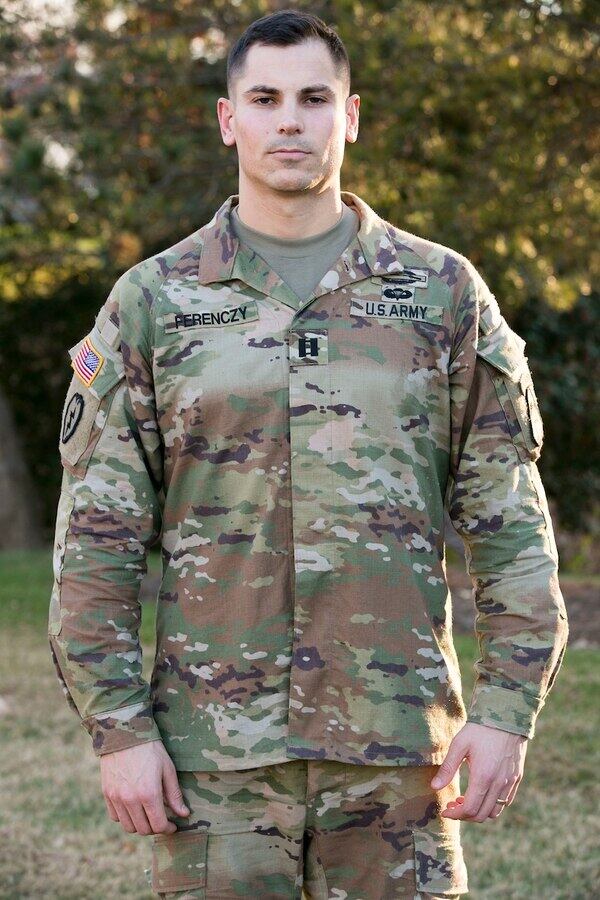
Some early testing added a “knit yoke” or wicking material to the back of the trouser waist band. That add-on was to wick away pooling sweat that often accumulates there.
Wicking draws moisture away from the body so that it can evaporate.
They also looked at two different Army Combat Shirt changes, testing both a cooling material for the torso and collar and also a wicking version.
Between 2015 and 2016 the Army conducted four uniform user test evaluations, three of those only on material, not design.
The first was a 50/50 nylon/cotton weave with ripstop reinforcement, just like the standard ACU.
The second had the same blend but used a “twill weave” to make it stronger and more tear resistant.
The third used a 38/38/24 blend of nylon, cotton and PTFE, polytetrafluoroethylene: a compound use in Teflon coatings.
The fourth version was 100 percent nylon ripstop. Without cotton it takes on less water and weighs less but is still as strong as nylon.
The fifth version was a 57/43 nylon/cotton blend, which was the final choice for the current IHWCU.
The sixth version had 98 percent nylon and 2 percent spandex and was the lightest uniform tested. Spandex added flexibility and stretch recovery.
The seventh blend used 37/33/30 aramid/nylon/flame-resistant cotton. Kevlar is an example of an aramid, which are naturally flame-resistant but also durable.
The eighth version was a polyester-based fabric. Quick-drying with low water absorption, the fabric was more elastic but not as strong as nylon. It was a 58/52 polyester/cocona polyester blend, a coconut husk derived material.
At the time of early testing in 2016, soldiers told Army Times that all felt a little different.
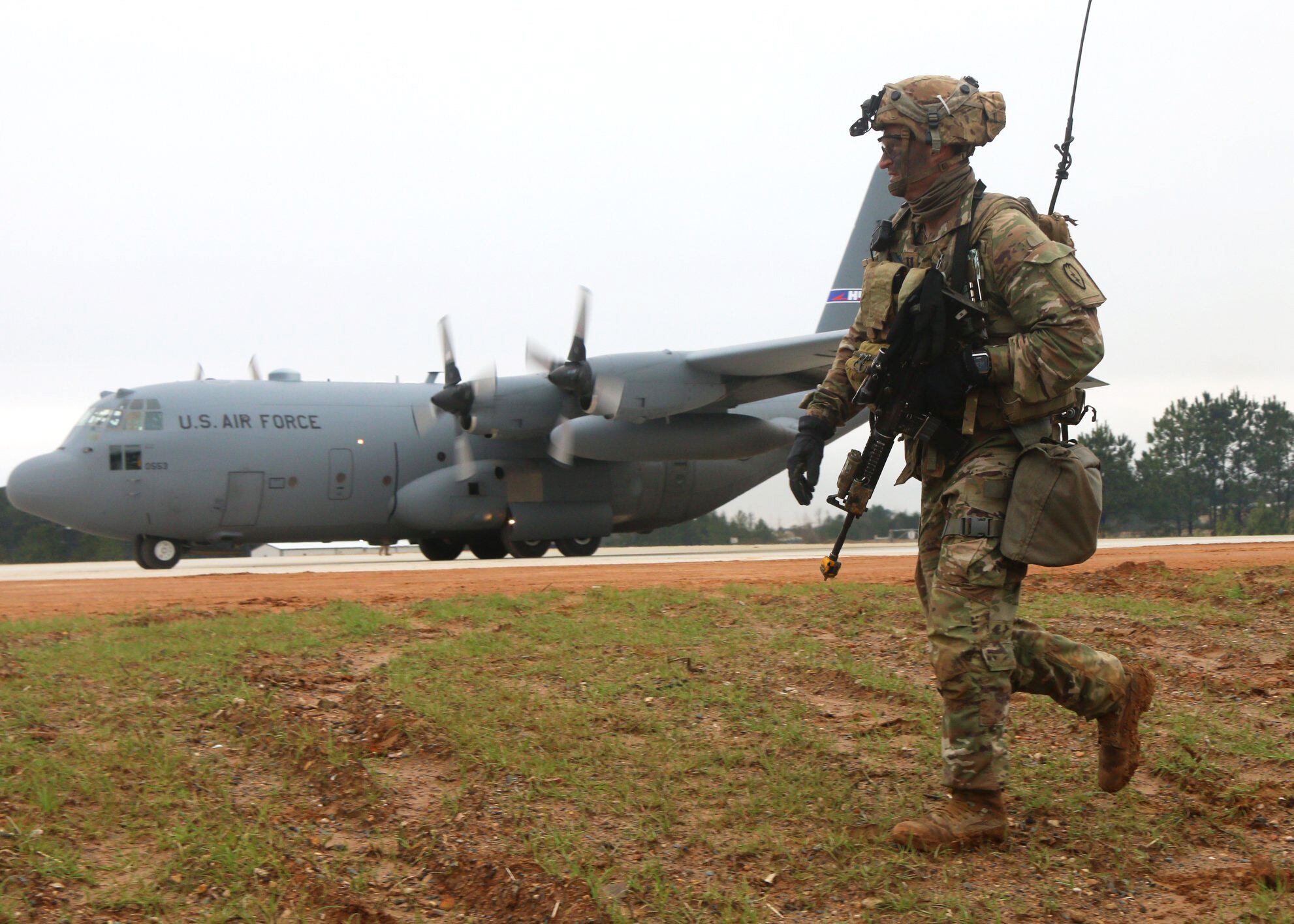
“Some felt like a regular uniform. Some felt like you were putting on pajamas,” said then-jungle school instructor Staff Sgt. Larry Aviles. “The ones made out of thinner materials, everyone liked them until you got wet. Then they got cold. The jungle can get cold at night. You can catch hypothermia in a tropical environment.”
Some of the thinner uniforms also absorbed heat more quickly, not what developers were looking for.
Aviles favored the blend that was ultimately selected.
“I’ve taken it through the Congo, through a harsh obstacle course. I put it in every situation; the uniform came out unscathed. I didn’t feel like I was too hot or too cold. I’ve slept in that uniform. Overall it’s just a comfortable wear,” he said.
He liked the design features at the time also, which then included removing the chest, butt and calf pockets. The final design added back the butt pockets and pen pockets at the request of soldier feedback to make it cross compatible for garrison use.
“Sliding down a gulch, [the pants] don’t get caught. I think removing the chest pocket makes it a little more breathable, airflow getting to the chest and cooling you down. You don’t typically use those [pockets] while you’re patrolling anyway,” Aviles said.
Sgt. Evan Mead, then a 25th Infantry Division medic with the jungle training school, also liked the stripped-down version, especially the lower leg mesh guard.
“The mesh netting helps keep leaches from climbing up,” Mead said. “You can tuck them into the boot. It keeps the pants unbloused to let air flow and helps drain water.”
But the final design did not include the mesh ankle liner.
Todd South has written about crime, courts, government and the military for multiple publications since 2004 and was named a 2014 Pulitzer finalist for a co-written project on witness intimidation. Todd is a Marine veteran of the Iraq War.
